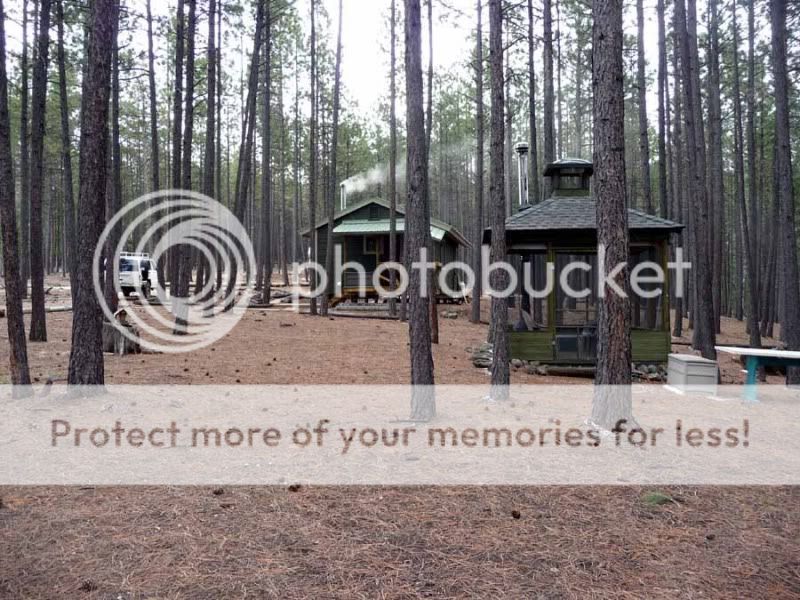





 1
1




Brenda
Bloom where you are planted.
http://restfultrailsfoodforestgarden.blogspot.com/




My Blog, Natural History and Forest Gardening
www.dzonoquaswhistle.blogspot.com
"Listen everybody, to what I gotta say, there's hope for tomorrow, if we wake up today!" Ted Nugent
"Suck Marrow" Henry D Thoreau




 2
2




My Blog, Natural History and Forest Gardening
www.dzonoquaswhistle.blogspot.com
"Listen everybody, to what I gotta say, there's hope for tomorrow, if we wake up today!" Ted Nugent
"Suck Marrow" Henry D Thoreau




 1
1




don miller; MountainDon wrote:
Our plan has been to rake and burn the fallen needles in the immediate area surrounding our building each spring to make it difficult for any ground fires to get close enough to do any damage to buildings. Does anyone have any better idea other than raking into small piles or low rows and burning them? Thoughts?


Gary




The ultimate goal of farming is not the growing of crops, but the cultivation and perfection of human beings. - Masanobu Fukuoka




soil wrote:
those baskets are far easier to make when the needles are fresh and green.
Gary








gary gregory wrote:
Yeah....., I know, and its also a lot easier to seek out the longer needled varieties. I wonder if pine needles would make a good slug barrier around the garden?
My Blog, Natural History and Forest Gardening
www.dzonoquaswhistle.blogspot.com
"Listen everybody, to what I gotta say, there's hope for tomorrow, if we wake up today!" Ted Nugent
"Suck Marrow" Henry D Thoreau




Our inability to change everything should not stop us from changing what we can.




Biogroovy wrote:
Will goats eat pine needles ? or will pigs ?
Gary




Robert Ray wrote:
I don't see it in the PNW but in the South bales of needles were sold as mulch in many garden supply stores.
 All I know for sure it takes very little to ignite them here in the desert and high mountain desert forests. Annual average moisture at the cabin is 16-17 inches; down in the desert home it's only about 8-9 inches annual average. Makes it hard to grow things.
All I know for sure it takes very little to ignite them here in the desert and high mountain desert forests. Annual average moisture at the cabin is 16-17 inches; down in the desert home it's only about 8-9 inches annual average. Makes it hard to grow things. 







The ultimate goal of farming is not the growing of crops, but the cultivation and perfection of human beings. - Masanobu Fukuoka




paul wheaton wrote:
2) put down lime to counter the acidification of the needles. The grass seems to tolerate the other allelopathic stuff from the needles pretty well.
My Blog, Natural History and Forest Gardening
www.dzonoquaswhistle.blogspot.com
"Listen everybody, to what I gotta say, there's hope for tomorrow, if we wake up today!" Ted Nugent
"Suck Marrow" Henry D Thoreau




Brenda
Bloom where you are planted.
http://restfultrailsfoodforestgarden.blogspot.com/




wyldthang wrote:
......The ash would "lime" the soil.
Maybe Don can mimic this by burning the trash(fallen twigs, pinecones, small sickly trees, pine needles etc, what ever would burn in a quick grass fire)......




"the qualities of these bacteria, like the heat of the sun, electricity, or the qualities of metals, are part of the storehouse of knowledge of all men. They are manifestations of the laws of nature, free to all men and reserved exclusively to none." SCOTUS, Funk Bros. Seed Co. v. Kale Inoculant Co.




 You can make hugelkultur beds with all that old wood!
You can make hugelkultur beds with all that old wood!"Our body is our garden, our will is our gardener" ~ Leonardo da Vinci





|
It's hard to fight evil. The little things, like a nice sandwich, really helps. Right tiny ad?
Rocket Mass Heater Resources Wiki
https://permies.com/w/rmh-resources
|






